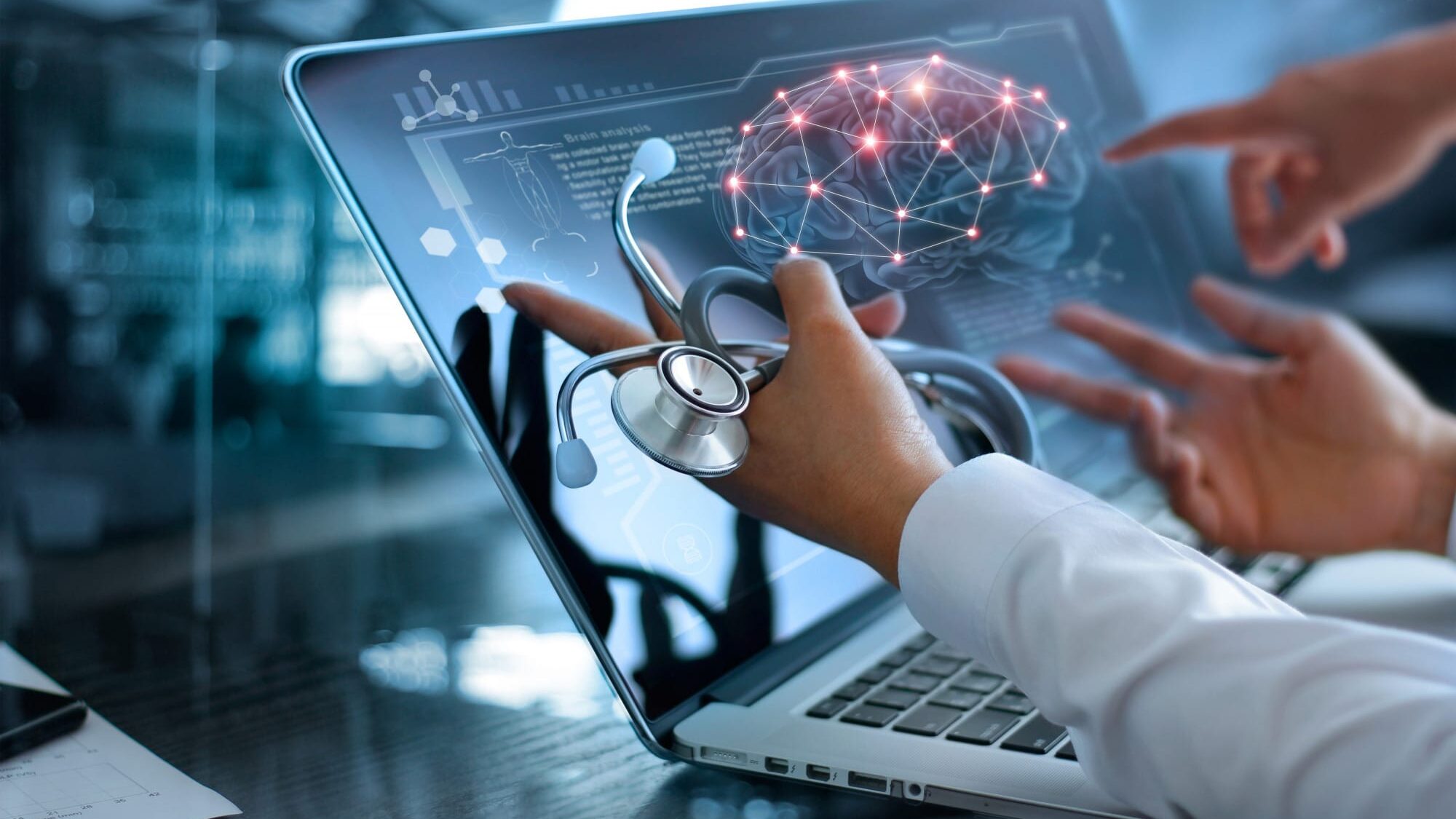Imagine this: you’re sitting in a clinic, nervously tapping your foot, waiting for the doctor. But instead of a human, a screen lights up and says, “Hi, I’m Dr. Algorithm, how can I help you today?” Welcome to the future of machine learning in medical diagnosis, where AI might just be your next doctor, minus the white coat and unreadable handwriting.
Welcome to the magical (and slightly robotic) world of machine learning in medical diagnosis, where computers try to out-diagnose your friendly neighborhood doctor… but without the stethoscope or the bad handwriting.
Okay, But What Is Machine Learning?
Let’s break it down.
Machine Learning (ML) is like that one kid in class who never stops learning from every test, homework, and TikTok video. It’s a branch of artificial intelligence that allows computers to learn from data, meaning the more information they get, the smarter they become. Kind of like how your uncle becomes a ‘stock expert’ after watching one YouTube video… except, you know, ML works.
In medical terms, this means feeding computers with mountains of patient data—X-rays, lab results, MRIs, and sometimes even those confusing doctor’s notes that look like Egyptian hieroglyphics. The goal? Teach the computer to recognize patterns and help diagnose illnesses, sometimes faster and even more accurately than humans.
How Machine Learning is Used in Diagnosis
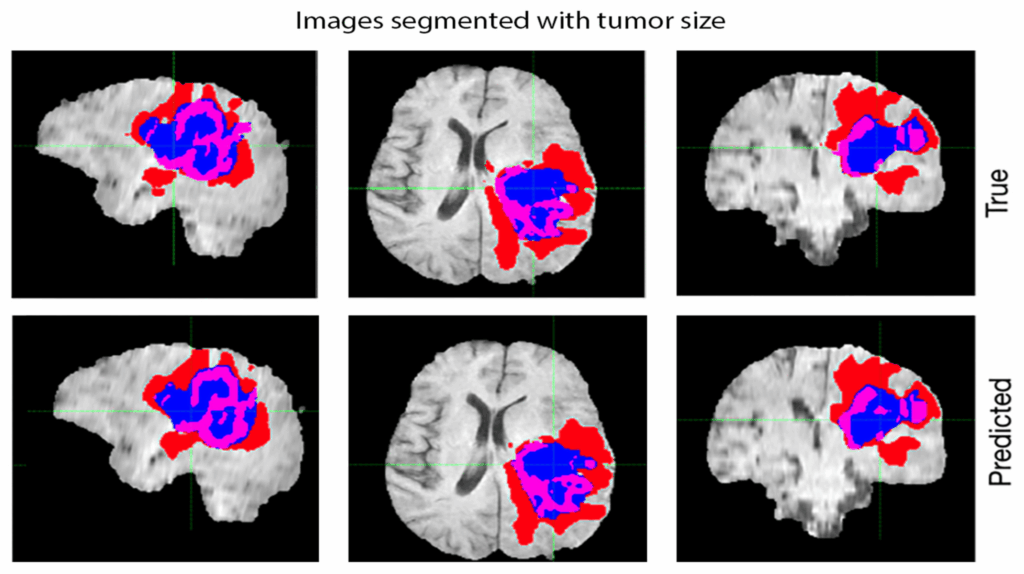
Alright, let’s talk about some real-world magic.
- Image Recognition Like a Boss
Ever seen an MRI scan? It looks like abstract art. But ML algorithms are trained to spot things in medical images that even experienced doctors might miss. For example:
- Detecting tumors in X-rays or CT scans
- Spotting diabetic retinopathy in eye images
- Finding fractures, even the hairline ones that make radiologists squint
The computer says, “Aha! That little shadow there? Might be trouble.”
- Predictive Models
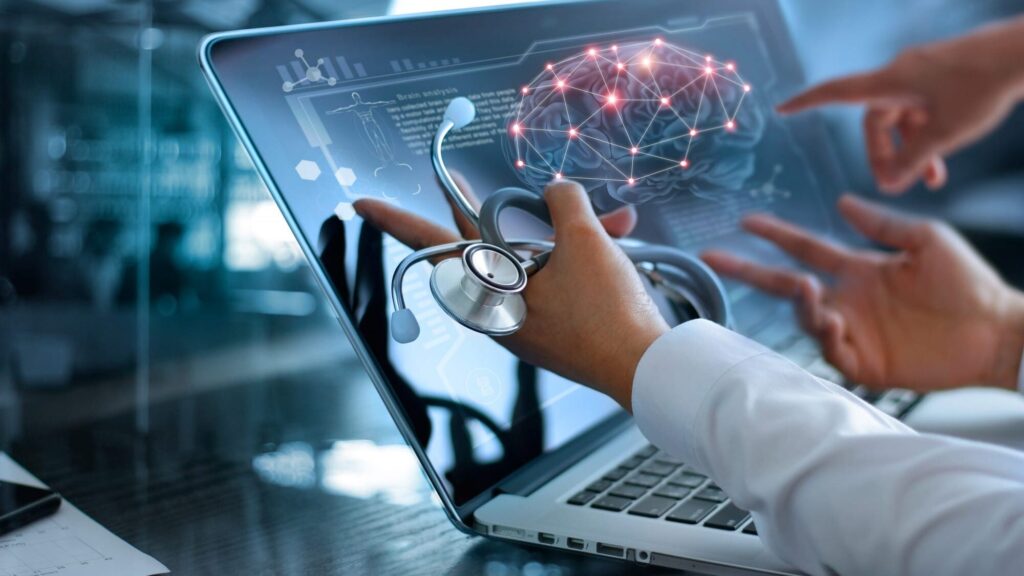
ML can be a fortune-teller too. By analyzing past data, it predicts the likelihood of a patient developing conditions like:
- Heart disease
- Alzheimer’s
- Even sepsis (a scary, life-threatening response to infection)
It’s like having WebMD, but without the panic-inducing tendency to tell you a headache means brain tumor.
- Natural Language Processing (NLP) in EHRs
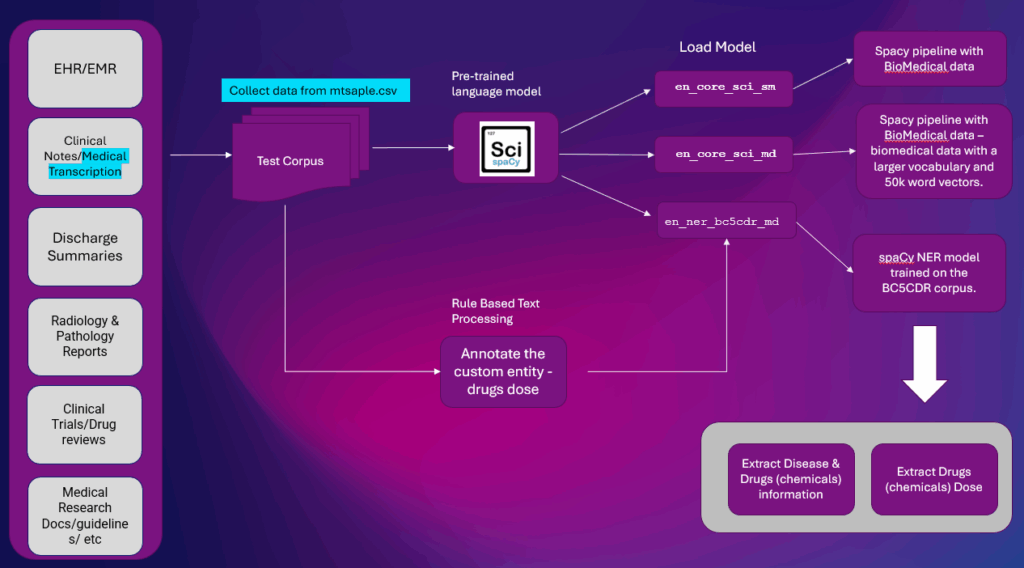
Doctors take notes. Lots of them. But trying to find useful data in all that text is like hunting for Wi-Fi in the forest. Here’s where Natural Language Processing steps in.
ML reads and organizes these notes, pulling out important info like symptoms, drug interactions, and allergies. Suddenly, it’s like Google Search for your medical history.
- Diagnostic Chatbots

You might’ve already chatted with one. They ask about your symptoms and suggest what might be going on. Not perfect yet, but great for triage:
- “Is this a cold or COVID?”
- “Do I need a hospital or just chicken soup?”
Think of it as the overachiever cousin of Clippy from Microsoft Word, but instead of helping you write letters, it’s helping you not die.
So, What’s the Big Deal? (a.k.a. The Advantages)

Let’s be honest—medical diagnosis is no joke. A wrong diagnosis isn’t just a “whoopsie.” It can change someone’s life, or end it. That’s where machine learning steps up like a caffeinated intern with laser vision and zero sick days.
Here’s why the medical world is seriously crushing on ML:
- Superhuman Pattern Recognition
Doctors are smart, no doubt. But humans have limits. We blink. We get tired. And after one too many cups of coffee, suddenly the liver starts looking suspiciously like a kidney.
But an ML model? It doesn’t sleep, doesn’t yawn, and can analyze thousands of images faster than you can say “magnetic resonance imaging.” And it learns from millions of past cases, not just a decade of practice.
- Faster Diagnosis
Time is life. Especially in cases like strokes, heart attacks, and cancers. Machine learning tools can shorten diagnosis time from days to minutes. No more “wait a week for the lab result”—you could get answers before you leave the room.
- Lower Costs (In Theory)
Healthcare is expensive. Like, “I-need-a-loan-to-get-a-blood-test” expensive. ML could help reduce costs by automating repetitive tasks, minimizing unnecessary tests, and catching diseases early—before they become medical blockbusters.
- Better Access in Remote Areas
Not everyone lives near a hospital with a fancy MRI machine or a team of specialists. But smartphones and cloud-based ML tools can bring expert-level diagnosis to rural clinics, remote villages, or anywhere with Wi-Fi and a bit of courage.
Hold Up. What Could Go Wrong?
Just like giving your cat an espresso shot, giving full control to machine learning has risks. Let’s not pretend AI is some kind of flawless miracle. Here’s what keeps medical ethicists up at night:
- Black Box Syndrome
Sometimes, machine learning models are like mysterious oracles. They tell you, “Yes, this is cancer,” but when you ask, “How do you know?” they shrug.
Doctors (and patients) need to understand why an algorithm made a certain call. If we don’t know how it works, how can we trust it?
- Bias in Data
Let’s say your training data has 90% white male patients. Then your ML model might not perform as well for women or people of color. That’s not just awkward—it’s dangerous.
Bias in data = bias in diagnosis. And no one wants an AI that’s accidentally racist or sexist.
- Privacy, Please?
Medical data is super private. Like, “tell-no-one” private. But to train ML models, you need tons of patient data. That opens the door for data breaches, shady data sharing, and privacy violations. The kind thamakeske your lawyer and your therapist cry at the same time.
- Overreliance
Doctors might start trusting ML too much, turning into button-pressing robots themselves. We still need human intuition, experience, and bedside manner. Because no algorithm will ever say, “It’s going to be okay,” and mean it.
Real-World Examples That’ll Blow Your Mind (or at least raise your eyebrows)
Machine learning isn’t just chilling in some lab with whiteboards and pizza. It’s out in the wild—saving lives and making headlines.
- Google’s DeepMind in Eye Disease
DeepMind, the AI branch of Google, teamed up with Moorfields Eye Hospital in London. Their ML model could detect over 50 eye diseases as accurately as world-class doctors, just by looking at retinal scans. Vision-saving magic? Yep.
- PathAI and Cancer Detection
PathAI developed algorithms to identify cancer in pathology slides. These slides usually get squinted at by human experts. Now, with ML help, accuracy is going up and misdiagnoses are going down. The computers might be better than us at this. Ouch (but also yay).
- IBM Watson Health
Watson tried to take on cancer—but ended up learning the hard way that medicine is… complicated. The project faced criticism for making questionable recommendations. Lesson learned: even supercomputers need supervision.
- SkinVision App
This app uses ML to analyze moles on your skin. Snap a pic, and it tells you if you should worry or not. It’s not perfect (yet), but for folks with limited access to dermatologists, it’s a huge step forward.
But… Will AI Replace My Doctor?
Short answer? Nope. Long answer? Also, nope, but with jazz hands.
Doctors aren’t going anywhere. But ML will become their digital assistant—the brainy intern who handles the boring stuff, double-checks results, and whispers, “Hey, you might wanna take a second look at this.”
It’s not about replacing humans. It’s about augmenting them. Turning good doctors into even better ones, and helping them see things they might’ve missed while balancing 30 patients, 5 charts, and a lukewarm coffee.
The Future: Your Smartwatch Might Be a Doctor, Too
Okay, maybe not a full doctor. But close.
Wearables like Apple Watch and Fitbit already monitor your heart rate, oxygen levels, and sleep patterns. ML models are being trained to turn that data into diagnostic clues.
- Afib detection on Apple Watch? Real and FDA-approved.
- Predicting stress, anxiety attacks, or even epileptic seizures? Under development.
Imagine getting a ping on your wrist saying, “Hey, something’s off—might wanna call your doc.” Not scary—just smart.
And it doesn’t stop there. Some researchers are exploring smart toilets (yes, really) that analyze your… contributions… to predict health issues. The future is weird and wonderful.
So What’s the Takeaway Here?
Machine learning in medical diagnosis is like adding a turbo to an already good car. It’s not replacing the driver, but it’s making the ride a whole lot smoother, faster, and smarter.
We’re talking about:
- Better accuracy
- Faster decisions
- Global access
- More personalized care
But only if we stay careful, balancing innovation with ethics, tech with humanity.
Final Thoughts: Doctor Algorithm Will See You Now… Maybe
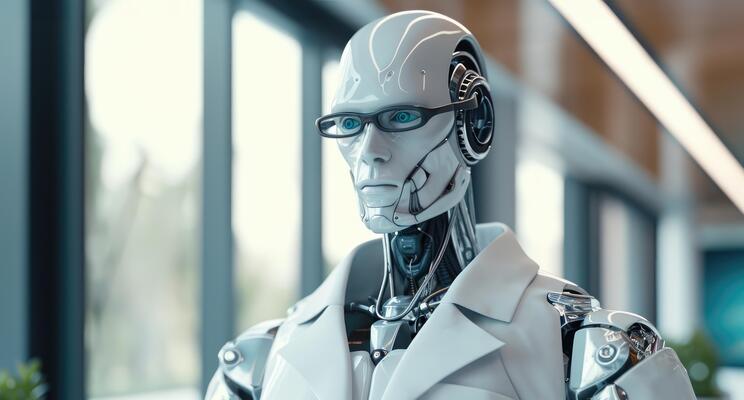
We’re in a golden age of medicine where your doctor might be part human, part computer, and part caffeine. But that’s okayWhetherer it’s a human stethoscope or a digital algorithm, the goal is the same: keep people healthy, catch problems early, and maybe, just maybe —make hospital visits a little less terrifying.
So next time you hear someone say “AI is taking over medicine,” just smile and say, “Good. Let it help.”
Because when machine learning meets medicine, it’s not just a tech trend—it’s a health revolution with a heartbeat of 1s and 0s.
FAQ: Machine Learning in Medical Diagnosis
What is machine learning in medical diagnosis?
Machine learning (ML) is a fancy term for teaching computers to learn from patient data like lab results, X-rays, and even those messy doctor notes. It finds patterns and helps diagnose diseases, kind of like a digital Sherlock Holmes, minus the British accent.
Will machine learning replace doctors?
Short answer: Nope. Long answer: Still nope (but with jazz hands). ML is more like a super-smart assistant that helps doctors make faster and more accurate decisions. But for compassion, intuition, and calming words? We still need real humans in white coats.
What are some real-world examples of ML in medicine?
-
Detecting cancer in pathology slides (PathAI)
-
Spotting eye diseases from scans (Google DeepMind)
-
Analyzing skin moles via smartphone apps (SkinVision)
-
Interpreting medical images faster than a radiologist, ML is already out there saving lives while wearing digital pajamas.
What are the risks of using ML in diagnosis?
-
“Black box” decisions – You get the answer, but not the explanation.
-
Data bias – If the training data is skewed, the diagnosis can be too.
-
Privacy issues – Medical data is sensitive; leaks can be scary.
-
Over-reliance – Doctors still need to double-check the AI’s homework.
Can machine learning help in remote or rural areas?
Absolutely! With cloud-based tools and smartphones, ML can bring expert-level diagnostic help to places without specialists. All you need is Wi-Fi—and maybe a bit of courage to trust a robot.
Want to dive deeper into how AI works in medical diagnosis? Check out this cool course on Coursera: AI for Medical Diagnosis – Coursera. Who knows, you might become a real “Dr. Algorithm” someday (at least in your family group chat).
